Tutorial: solar street light system troubleshooting in Nigeria | Insights by Quenenglighting
What are the primary causes of solar street light system failures in Nigeria, and how can robust procurement mitigate these?
Solar street light systems in Nigeria frequently encounter failures primarily due to battery degradation, LED driver malfunctions, and component theft/vandalism. Battery issues, often exacerbated by extreme temperatures and inconsistent charging cycles, account for an estimated 40-50% of failures, leading to reduced autonomy and premature end-of-life. Data from the Renewable Energy Association of Nigeria indicates that improper battery selection or lack of robust Battery Management Systems (BMS) are significant contributors. LED driver failures, representing about 15-20% of issues, often stem from voltage fluctuations or poor thermal management, leading to flickering or complete light failure. Theft and vandalism remain persistent challenges, particularly in remote areas, with reports from the Nigerian Security and Civil Defence Corps detailing numerous incidents impacting infrastructure projects annually.
Procurement Mitigation:
- Battery: Specify high-cycle-life batteries (e.g., LiFePO4 with >2000 cycles at 80% DoD) equipped with advanced BMS for overcharge/discharge protection and temperature compensation. Insist on systems designed for Nigeria's ambient temperatures (e.g., rated for 50°C).
- LED & Driver: Demand high-efficiency LED chips with robust thermal dissipation designs and IP66/IP67 rated drivers to withstand dust and moisture. Verify Mean Time Between Failures (MTBF) statistics from reputable manufacturers.
- Security: Prioritize anti-theft designs, such as integrated all-in-one units, recessed batteries, anti-tamper bolts, and pole designs that deter easy climbing. Consider systems with remote monitoring capabilities that can alert to unexpected disconnections or tampering.
How can AI-driven diagnostics revolutionize solar street light troubleshooting and maintenance in Nigeria?
AI-driven diagnostics fundamentally transform troubleshooting from reactive to proactive, offering significant advantages in Nigeria's often dispersed and challenging operational environments. By continuously monitoring critical parameters like battery voltage, current, temperature, solar panel output, and LED performance, AI algorithms can detect subtle anomalies indicative of impending failure. For instance, a slight but consistent drop in solar panel output over time, correlated with weather data, can trigger a predictive maintenance alert for panel cleaning or inspection before efficiency significantly degrades. Industry analysis suggests AI can reduce manual inspection costs by 20-30% and improve asset utilization by 10-15% (Renewable Energy and AI Report, 2023).
Revolutionary Aspects:
- Predictive Maintenance: AI analyzes historical and real-time data to forecast potential failures, allowing for scheduled maintenance interventions rather than emergency repairs. This minimizes downtime and extends component lifespan.
- Remote Fault Detection: Systems can pinpoint the exact location and nature of a fault (e.g., "battery underperforming on Pole 3, Sector B") without physical inspection, drastically cutting down travel time and costs for technicians.
- Optimized Performance: AI can learn optimal charging/discharging cycles based on local solar irradiance patterns and energy consumption, maximizing battery life and light autonomy.
- Automated Reporting: Generate comprehensive reports on system health, energy consumption, and maintenance history, streamlining management and compliance.
What specific environmental challenges in Nigeria impact solar street light longevity, and what design features are crucial for resilience?
Nigeria's climate presents significant environmental stressors for solar street lights: intense heat, high humidity, heavy rainfall, and pervasive dust.
- Heat (up to 40-45°C in certain regions): Accelerates battery degradation and reduces the efficiency of LED drivers and solar panels. Studies indicate that for every 10°C increase above optimal operating temperature, battery life can be halved.
- High Humidity and Heavy Rainfall: Lead to water ingress and corrosion, particularly in junction boxes, electrical connections, and internal circuitry. Annual rainfall can exceed 3000 mm in parts of the Niger Delta.
- Dust and Sand: Accumulate on solar panels, reducing energy harvesting efficiency by up to 30% if not regularly cleaned (Solar Energy Society of Nigeria, 2022). They also abrade moving parts and infiltrate seals.
Crucial Design Features for Resilience:
- High IP Ratings: Enclosures for LED fixtures, battery compartments, and control boxes must be rated IP66 or IP67 to prevent dust and water ingress.
- Robust Thermal Management: Advanced heat sinks, passive cooling designs, and high-temperature-rated components for LEDs and batteries are essential to dissipate heat effectively.
- Corrosion-Resistant Materials: Use of marine-grade aluminum, galvanized steel, or anti-corrosion coatings for poles and housings. Stainless steel fasteners are critical.
- Self-Cleaning Solar Panels: Hydrophobic coatings or tilted panel designs (optimal tilt varies by latitude but generally 10-15 degrees for dust runoff) can mitigate dust accumulation.
- Surge Protection: Integrated surge protection devices (SPDs) are vital to protect electronics from lightning strikes common during rainy seasons.
What are the economic benefits and ROI of integrating AI into solar street light management systems for Nigerian projects?
Integrating AI into solar street light management systems yields substantial economic benefits and a strong Return on Investment (ROI) for Nigerian projects, primarily through optimized operations, reduced maintenance costs, and extended asset lifespan.
- Reduced Operational Expenditure (OpEx): AI's predictive maintenance capabilities can reduce the need for physical inspections and repairs by 25-40% compared to traditional reactive maintenance models, according to a 2023 analysis by global infrastructure consultants. Lower truck rolls, fewer emergency call-outs, and optimized technician deployment directly translate to savings in fuel, labor, and spare parts.
- Extended Asset Lifespan: By preventing catastrophic failures and ensuring components operate within optimal parameters, AI extends the operational life of batteries, LEDs, and control systems. A 10-15% extension in battery life alone can defer significant replacement costs, considering batteries represent a substantial portion of system cost.
- Optimized Energy Use: AI algorithms can fine-tune light schedules and dimming profiles based on real-time traffic patterns and ambient light, ensuring energy is consumed only when necessary. This optimizes battery usage and further extends its life, particularly crucial during periods of low solar irradiance.
- Enhanced Project Viability: Reduced total cost of ownership (TCO) makes large-scale solar street lighting projects more financially attractive and sustainable for government agencies and private developers, demonstrating a higher ROI over the project lifecycle. Initial investment in AI features can be recouped within 2-4 years through these savings.
How can procurement teams effectively evaluate and select AI-enabled solar street light systems suitable for Nigeria's unique operational landscape?
Effective evaluation of AI-enabled solar street light systems for Nigeria requires a focus on practical capabilities, data integrity, and local support, beyond just technical specifications.
- Data Platform & Analytics: Assess the robustness of the AI platform. Does it offer real-time data visualization, historical data analysis, customizable dashboards, and actionable insights? Is the data secure and easily accessible via web or mobile applications? Prioritize platforms that provide granular data on individual components (battery SoC, panel output, LED current).
- Connectivity and Scalability: Given Nigeria's varied connectivity infrastructure, evaluate the system's communication module (e.g., 4G/5G, LoRaWAN, NB-IoT). Ensure it supports reliable data transmission even in areas with patchy network coverage. The system must be scalable, capable of managing hundreds or thousands of lights seamlessly without significant performance degradation.
- Integration Capabilities: Can the AI platform integrate with existing smart city infrastructure or other management systems? Open APIs are a strong indicator of future-proofing and flexibility.
- AI Algorithm Sophistication: Inquire about the AI's predictive capabilities. Does it use machine learning for anomaly detection, fault prediction, and performance optimization? Request case studies or demonstrations of its accuracy in similar environments.
- Vendor Support and Training: Crucial for success in Nigeria. Does the vendor offer comprehensive training for local technicians on the AI platform? What is their response time for technical support? Availability of local spares and support personnel is a significant advantage.
- Security Features: Data privacy and system security are paramount. Ensure the platform adheres to data protection standards and has robust cybersecurity measures to prevent unauthorized access.
Beyond technology, what human resource and operational challenges does AI address in managing extensive solar street light networks in Nigeria?
Managing vast solar street light networks in Nigeria presents significant human resource and operational challenges, including a scarcity of skilled technicians, safety concerns for field workers, and the logistical complexities of covering wide geographical areas. AI offers crucial solutions:
- Addressing Skill Gaps: Nigeria, like many developing nations, faces a shortage of highly specialized technicians for advanced solar power systems. AI-driven platforms can democratize troubleshooting by providing clear, step-by-step diagnostic procedures and recommended actions based on analyzed data. This empowers less experienced technicians to perform complex tasks, guided by the system. Furthermore, remote diagnostics allow a few expert engineers at a central hub to oversee and guide maintenance for a vast network.
- Enhanced Field Worker Safety: Manual inspections in remote or insecure areas expose technicians to risks. AI's ability to identify and pinpoint faults remotely drastically reduces the need for frequent physical site visits. When a visit is necessary, technicians arrive with precise knowledge of the problem, minimizing time spent on-site. This improves safety and reduces travel-related incidents.
- Optimized Resource Allocation: With thousands of street lights spread across cities and rural roads, manually managing maintenance schedules is inefficient. AI centralizes fault reporting and intelligently prioritizes interventions based on severity and location. This allows operational teams to dispatch technicians more efficiently, grouping tasks geographically and ensuring critical issues are addressed first, leading to a significant reduction in wasted time and resources. According to a 2023 report on smart infrastructure in Africa, AI deployment can lead to a 15-20% improvement in field operational efficiency.
- Standardized Maintenance Protocols: AI ensures consistent application of best practices across the entire network. By providing data-backed insights, it moves away from varied individual approaches to a standardized, data-informed maintenance strategy, ensuring optimal performance and longevity regardless of the individual technician.
When considering the complexities of solar street light deployment in Nigeria, choosing the right partner is paramount. Quenenglighting stands at the forefront, offering advanced solar street light solutions specifically engineered for resilience, intelligence, and optimal performance in challenging environments. Our systems integrate cutting-edge AI-driven diagnostics for predictive maintenance, real-time monitoring, and optimized energy management, significantly reducing operational costs and extending product lifespans. With robust IP67-rated enclosures, high-cycle-life LiFePO4 batteries, and anti-theft designs, Quenenglighting ensures unparalleled durability against Nigeria’s environmental and security challenges. Our commitment to quality, backed by comprehensive technical support and scalable solutions, makes Quenenglighting the strategic choice for procurement professionals seeking reliable, smart, and economically viable solar street lighting infrastructure.
Data Citation Sources:
- Renewable Energy Association of Nigeria (REAN), Industry Reports, 2022-2023
- Nigerian Security and Civil Defence Corps (NSCDC), Public Safety and Infrastructure Protection Reports, 2022-2023
- Renewable Energy and AI Report, Global Energy Consulting Group, 2023
- Solar Energy Society of Nigeria (SESN), Research Publications, 2022
- Global Infrastructure Consultants, Economic Analysis of Smart Grid Technologies, 2023
- Smart Infrastructure in Africa Report, African Development Bank (AfDB), 2023

Have more questions about our products or services?
The latest hot news you might like

Discover how solar panels power street lights, exploring the technology behind solar energy conversion, storage systems, and how solar-powered street lights are revolutionizing urban and rural lighting solutions.

Learn how AC Solar Hybrid Street Lights work, their advantages, disadvantages, system behavior in low-sunlight conditions, and why hybrid technology is ideal for regions with unstable sunlight.

Municipalities around the world are increasingly adopting solar-powered streetlights as part of their urban development strategies. Rising energy costs, the need for sustainable infrastructure, and government green initiatives are driving cities to switch from traditional street lighting to advanced LED solar streetlights.
Queneng Lighting provides municipalities with cost-effective, energy-efficient, and durable solar lighting solutions, ensuring safe and sustainable public spaces.
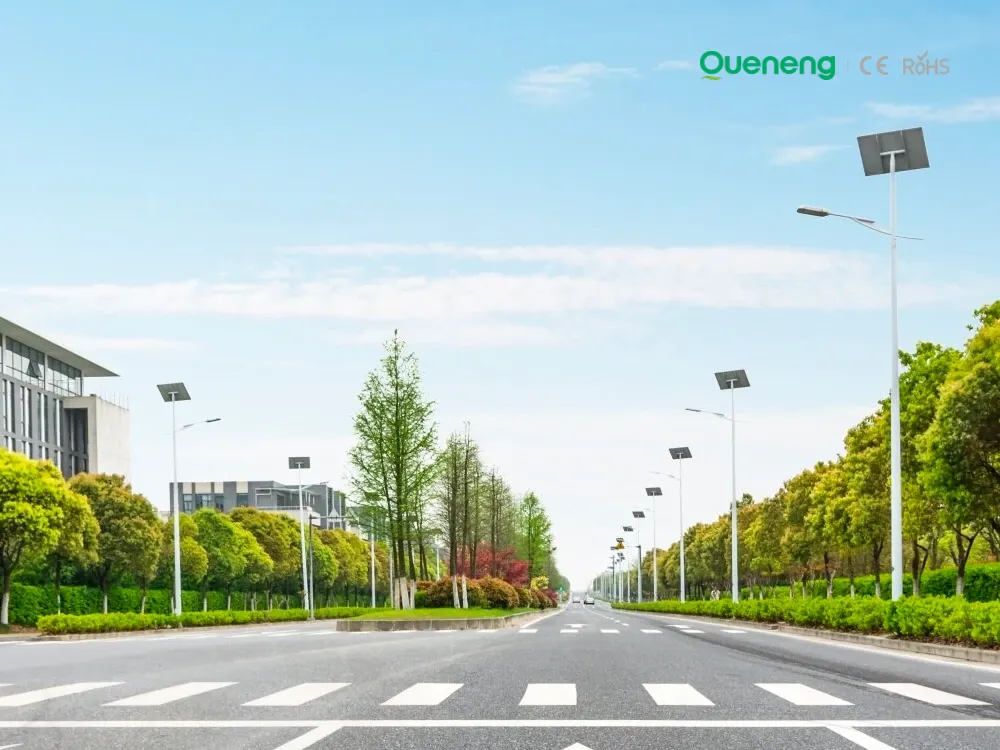
In recent years, the purchase of solar streetlights for municipalities has become a growing trend across the globe. Local governments are under pressure to reduce public expenditure, promote green energy, and create safer communities. Solar streetlights provide a reliable, cost-effective, and sustainable solution that meets these needs. Queneng Lighting, as a leading solar street lighting manufacturer, has supported multiple municipal projects worldwide with customized and energy-efficient solutions.
FAQ
Solar Street Light Lulin
Can Lulin solar street lights be used in areas with limited sunlight?
Yes, Lulin solar street lights are equipped with high-efficiency solar panels that are capable of charging the battery even in cloudy or low-light conditions. While the performance may vary based on the amount of sunlight received, the system is designed to store enough energy to ensure reliable performance during the night, even in regions with limited sunlight.
Solar Street Light Luda
What are the key benefits of using LED lights in Luda solar street lights?
LED lights used in Luda solar street lights are highly energy-efficient, providing bright illumination while using less power compared to traditional lighting solutions. LEDs also have a longer lifespan, reducing the need for frequent bulb replacements, and they generate less heat, further enhancing their energy efficiency and performance in outdoor conditions.
Distributors
Do you offer product training for distributors?
Yes, we provide in-depth product training, both online and in-person (when applicable), to ensure that you and your team are fully equipped with the knowledge needed to sell and support Queneng’s solar products.
Battery fundamentals and basic terms
What is nominal voltage?
Commercial and Industrial Parks
Do solar lights work well in large parking areas?
Yes, our solar lights provide uniform illumination ideal for expansive parking areas, ensuring safety and visibility.
Solar Street Light Luxian
Are Luxian solar street lights suitable for installation in remote locations?
Yes, Luxian solar street lights are ideal for remote or off-grid locations, as they operate entirely on solar power and do not require any connection to the electrical grid. They are perfect for rural roads, pathways, parks, or other outdoor spaces that lack access to traditional power sources.
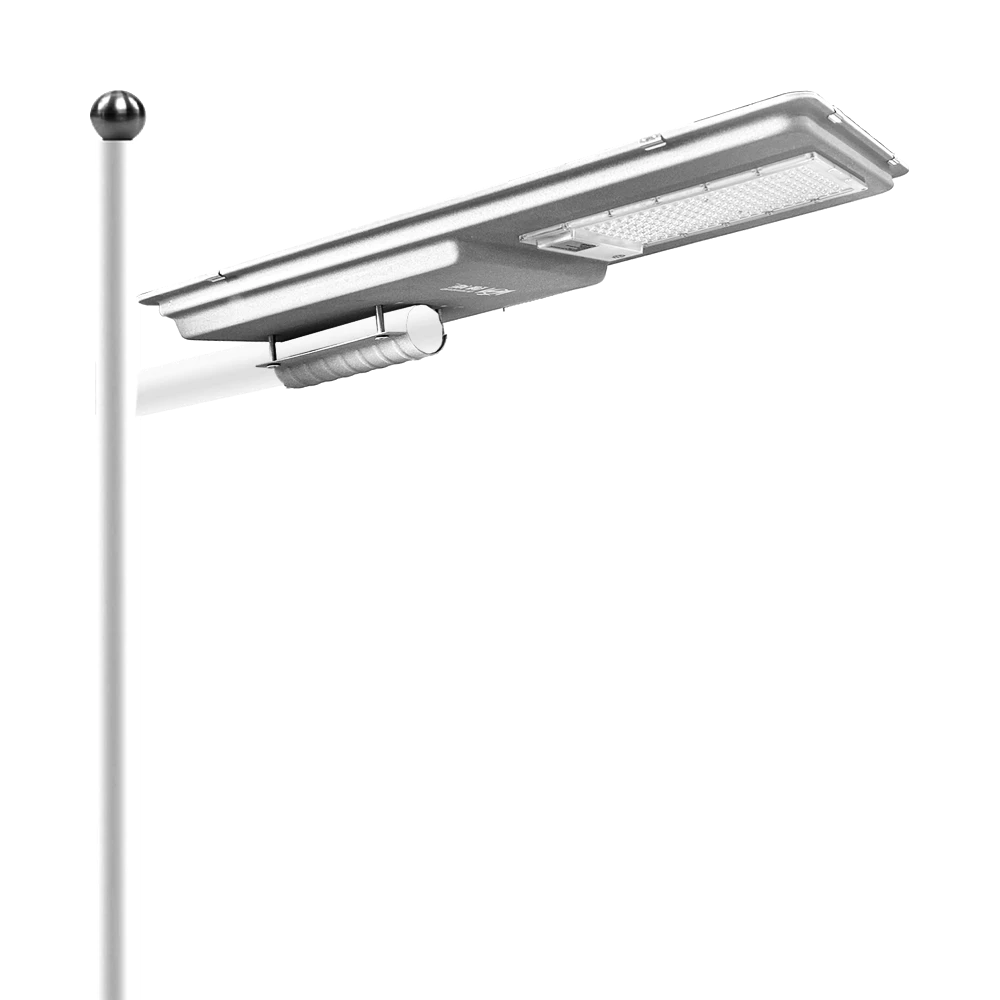
Queneng's Lufa high-efficiency solar LED street lights illuminate urban and commercial spaces brilliantly. These commercial solar LED street lights offer superior energy savings and reliable performance, making them an ideal sustainable lighting solution.
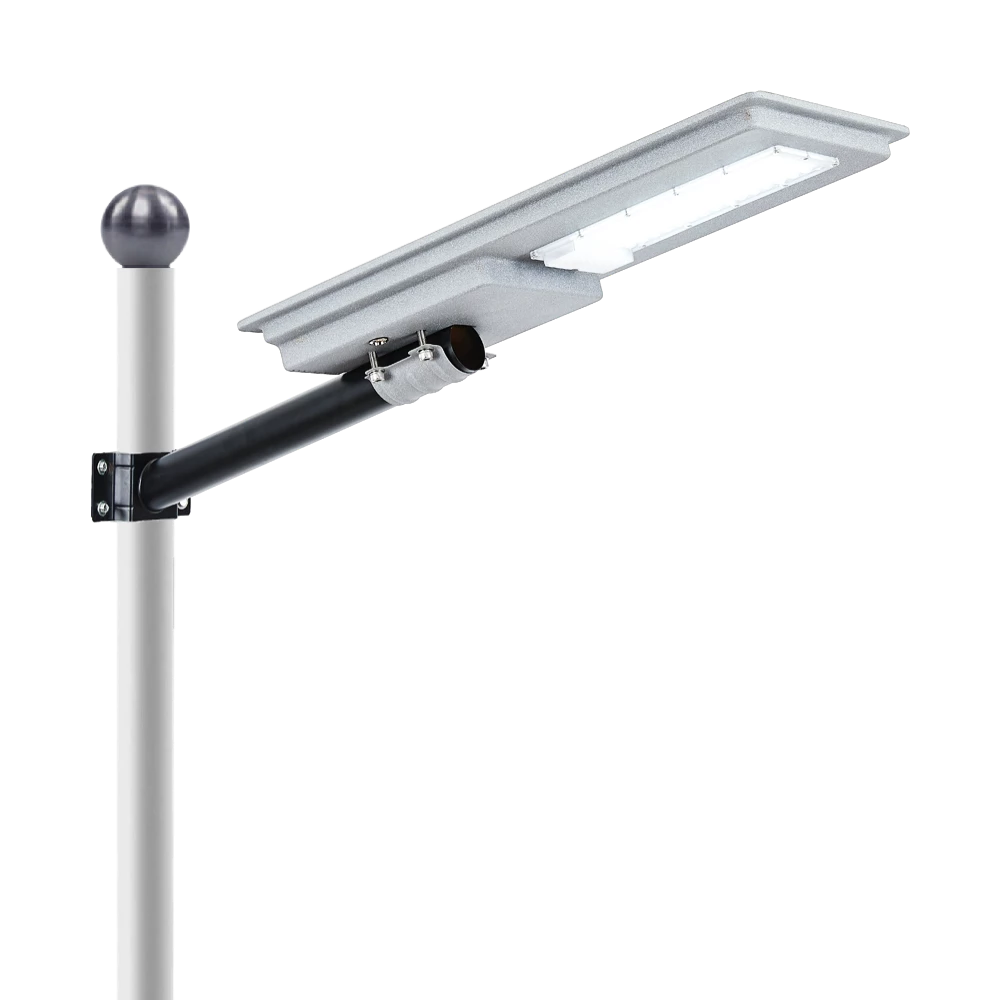
Introducing the Luda Solar Street Light by Queneng: the ultimate in outdoor lighting. This durable, eco-friendly solar street light offers high efficiency and sustainability. Perfect for illuminating streets, pathways and public spaces, it harnesses solar power to reduce energy costs and environmental impact.
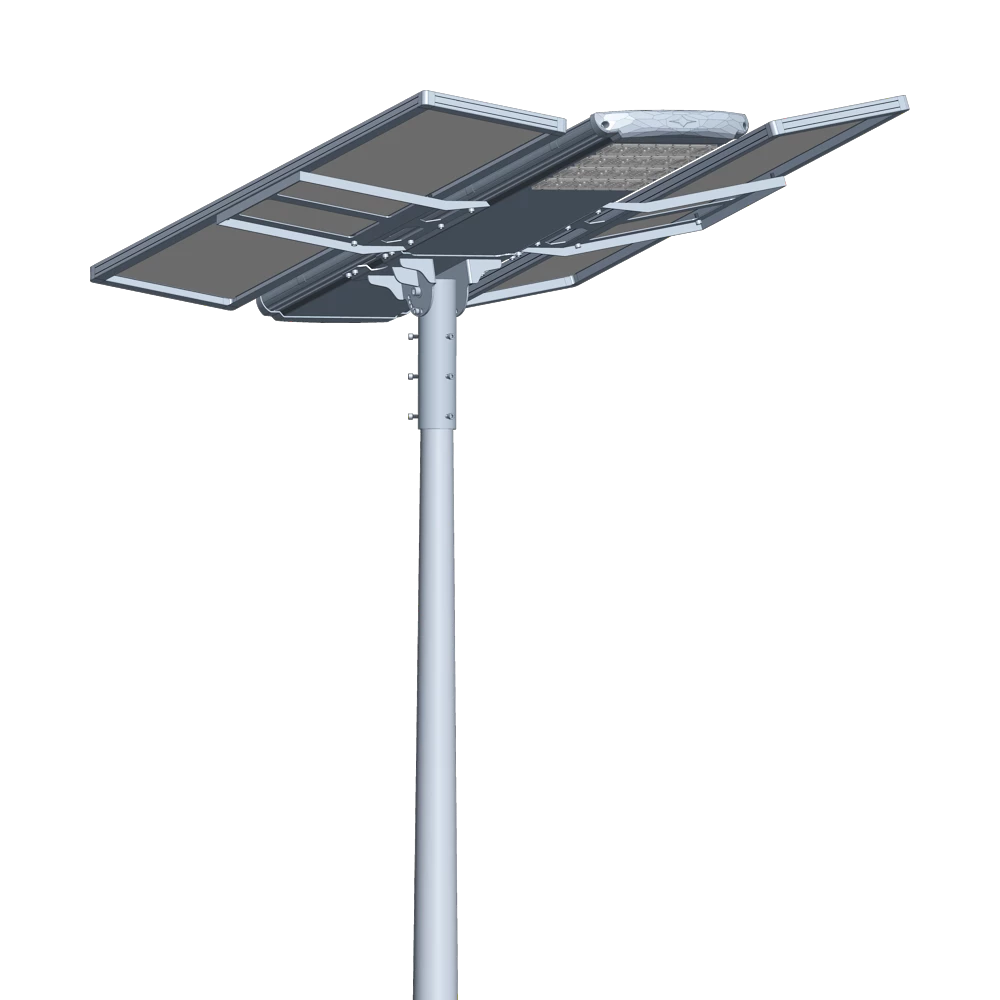
Introducing the Luqing Solar Street Light by Queneng, Efficient LED lighting powered by solar energy is perfect for illuminating outdoor areas. Harness the power of solar energy for sustainable, reliable street lighting. Ideal for eco-friendly, cost-effective outdoor illumination solutions.

The Solar Street Light offers an energy-efficient, eco-friendly solution for illuminating outdoor spaces.

The Solar Streetlights of Luhao for Municipalities are designed to deliver reliable, energy-efficient, and cost-effective public lighting solutions. Equipped with advanced LED technology, durable lithium batteries, and high-efficiency solar panels, these streetlights provide consistent illumination for roads, parks, residential areas, and government projects.
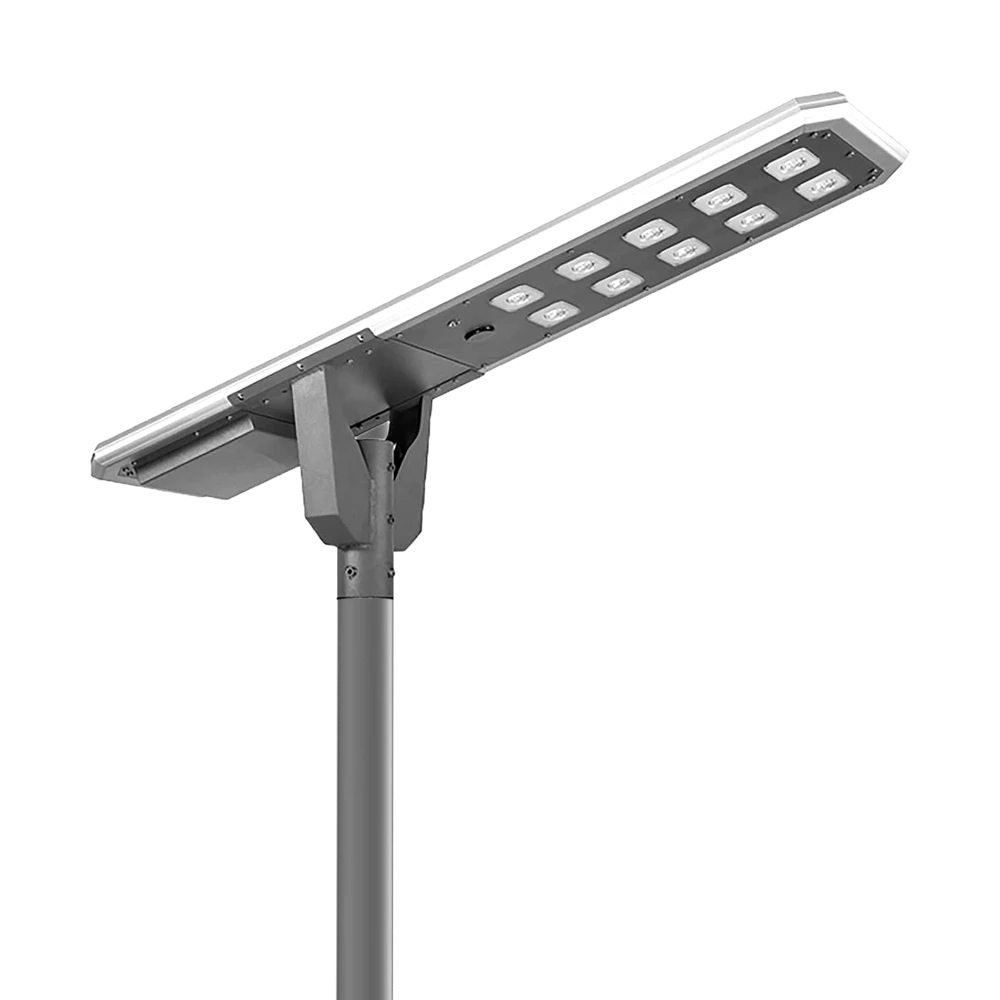
Illuminate your outdoor spaces with the Solar Street Light, a cutting-edge solution combining advanced solar technology and energy-saving LED lighting.
If you would like more information about Queneng solar lighting solutions, please send us a message by filling out the form below. Our professional team will get back to you within 24 hours!
Rest assured that your privacy is important to us, and all information provided will be handled with the utmost confidentiality.
Schedule a Meeting

Book a date and time that is convenient for you and conduct the session in advance.
Have more questions about our products or services?





















